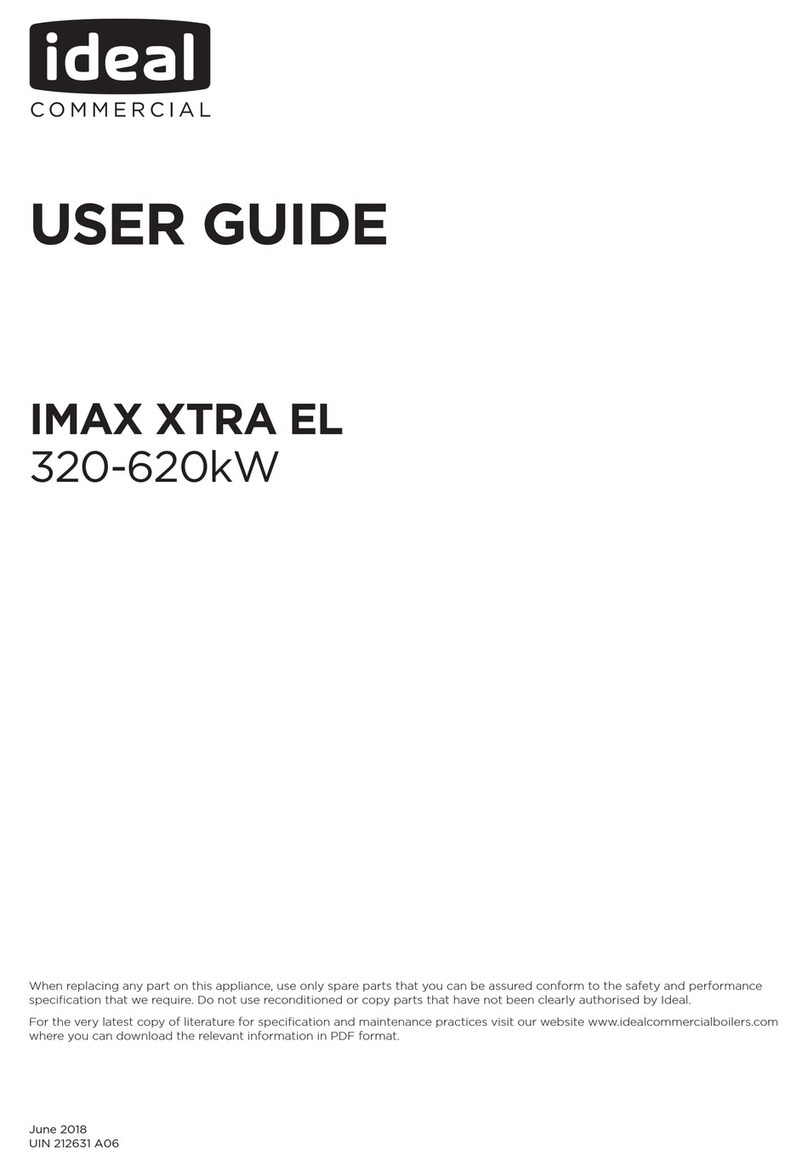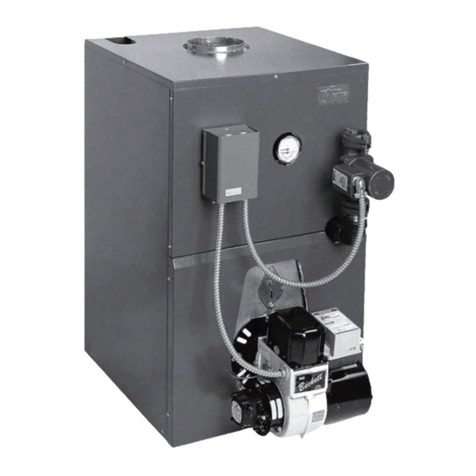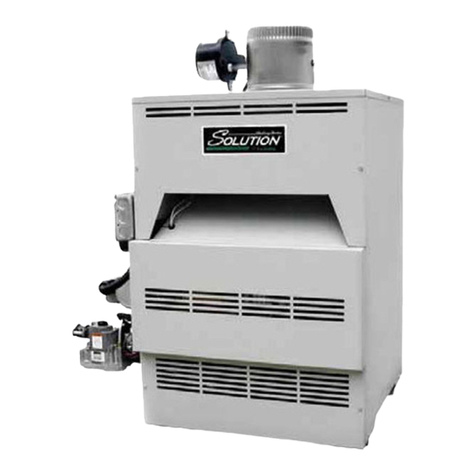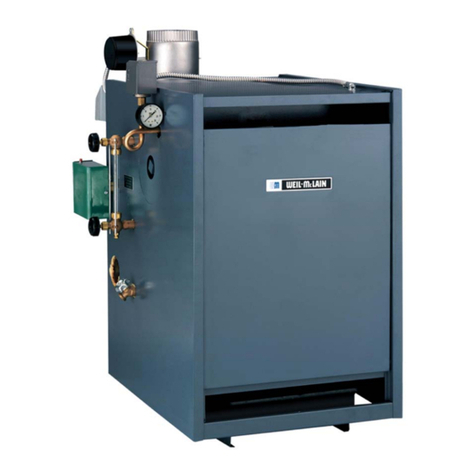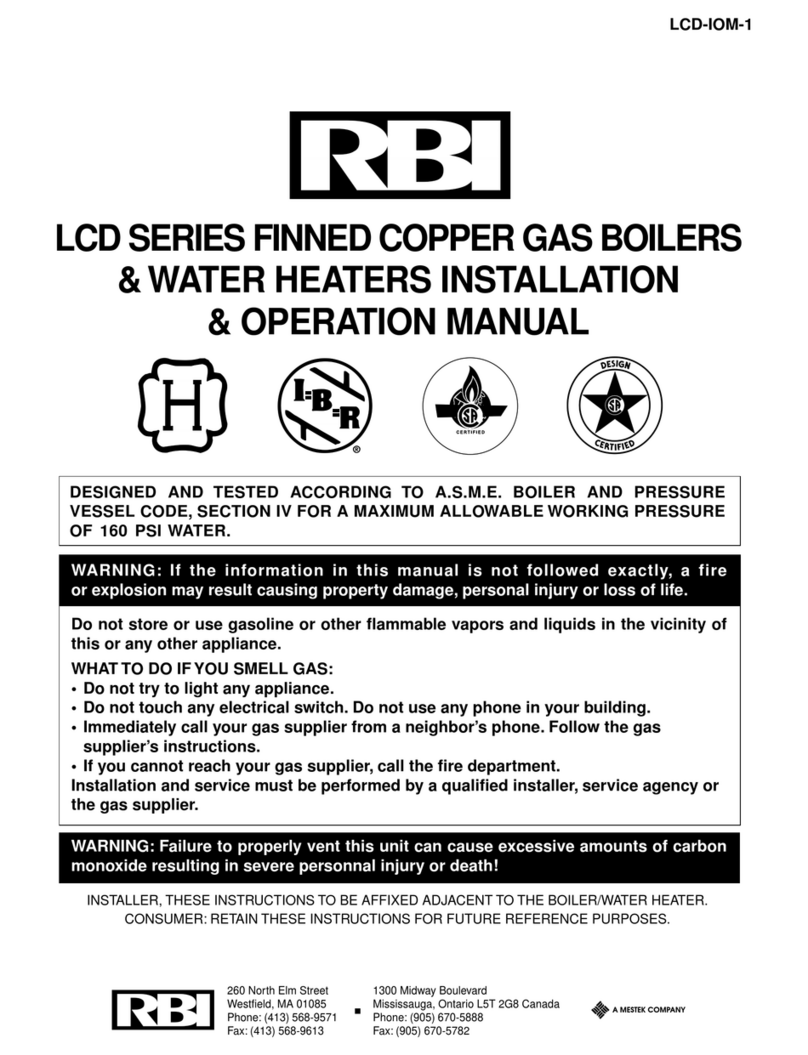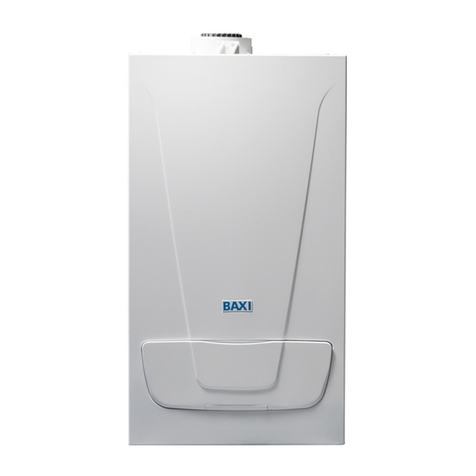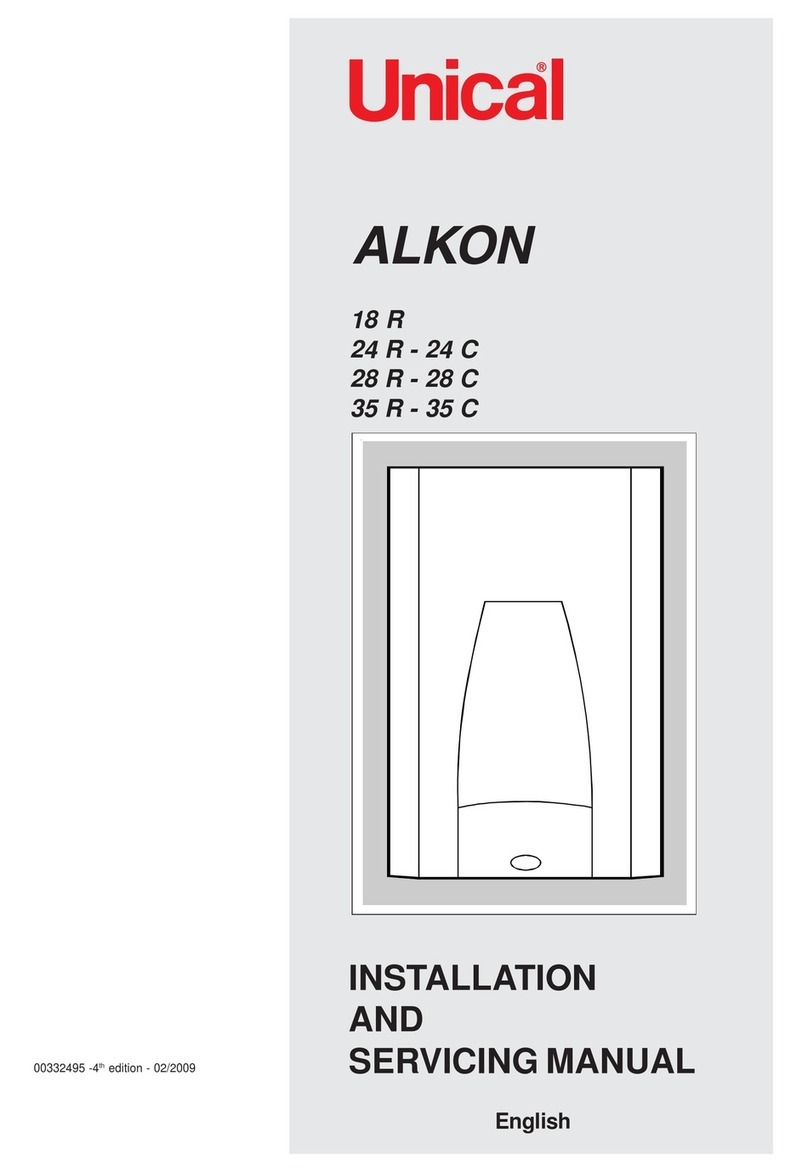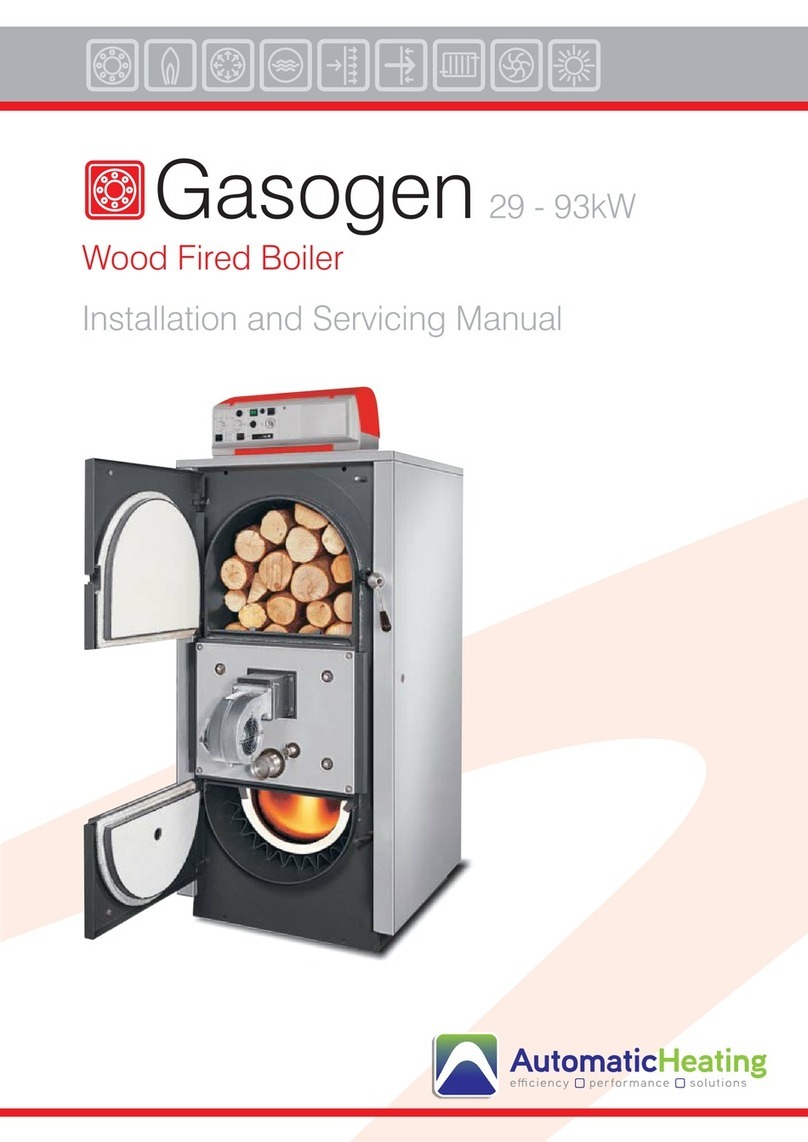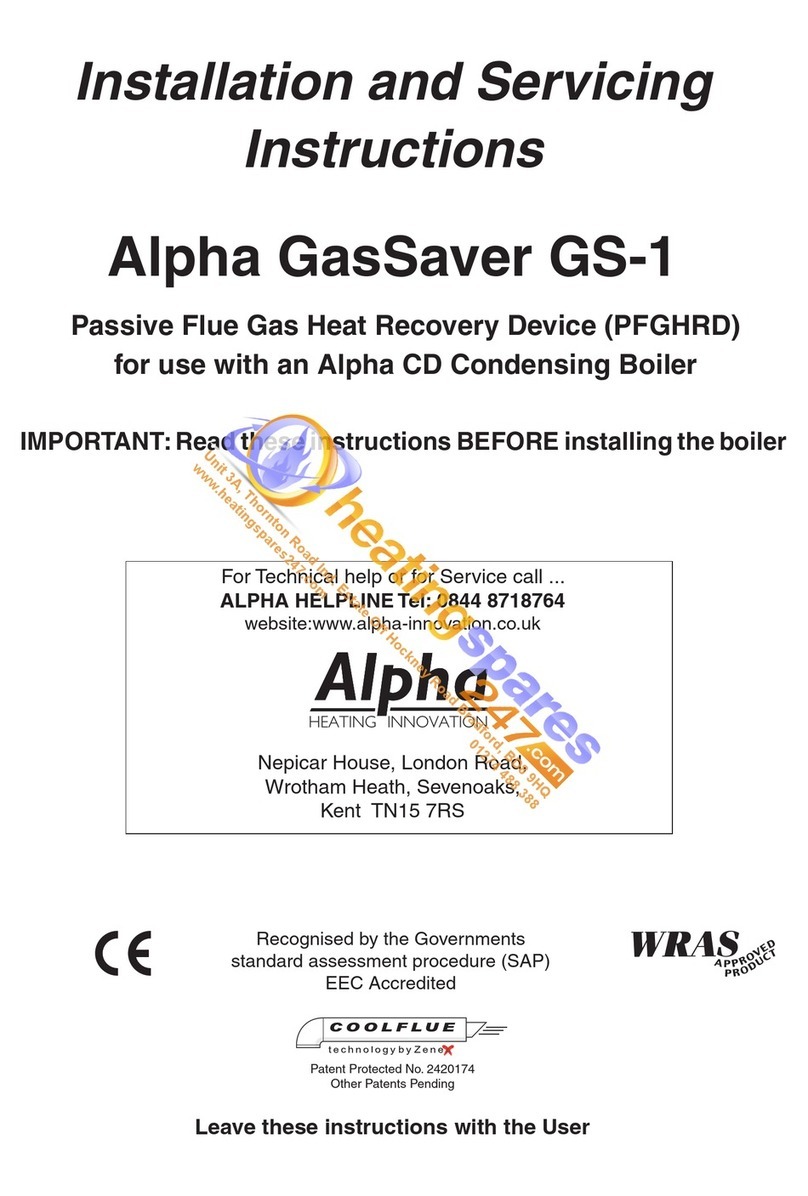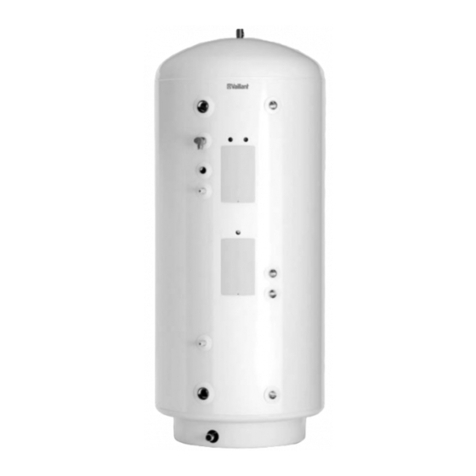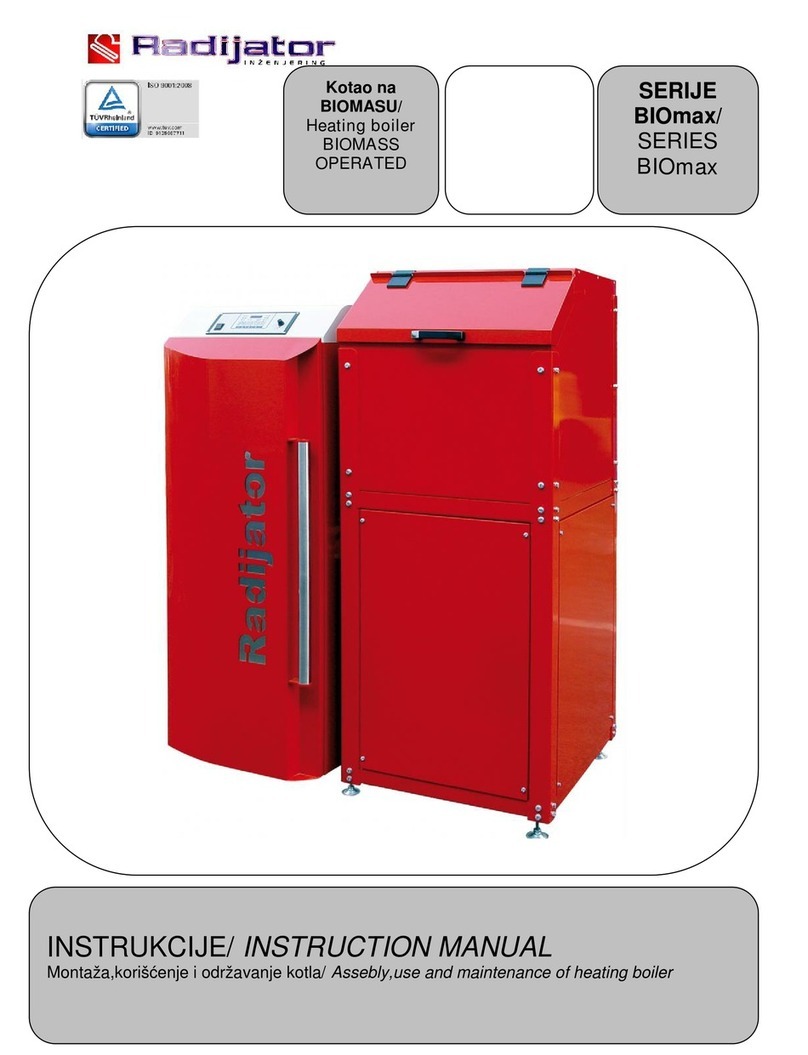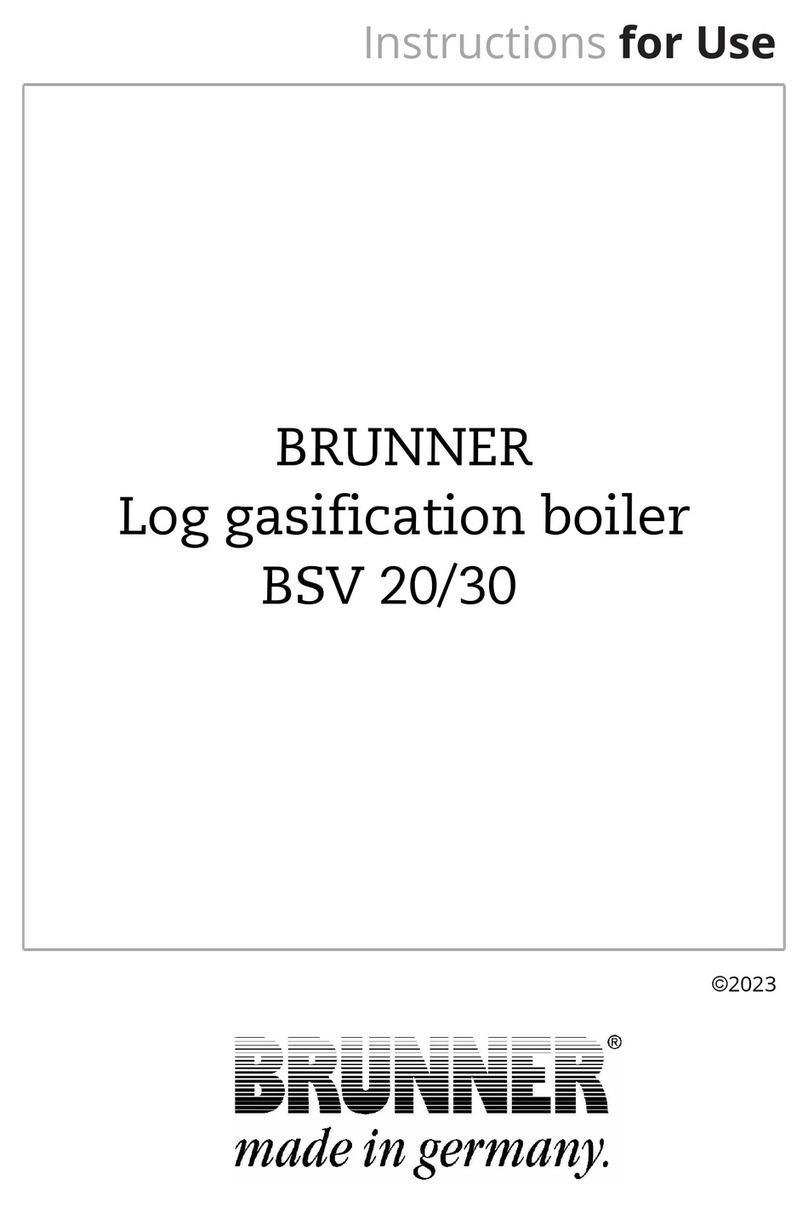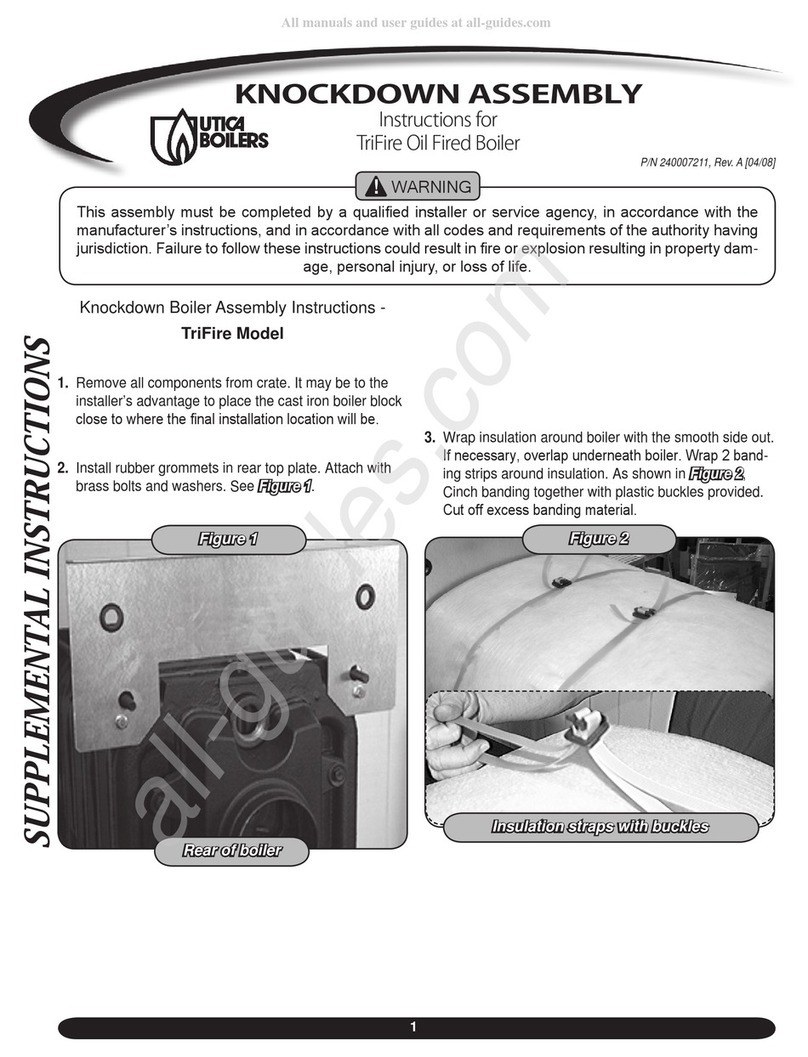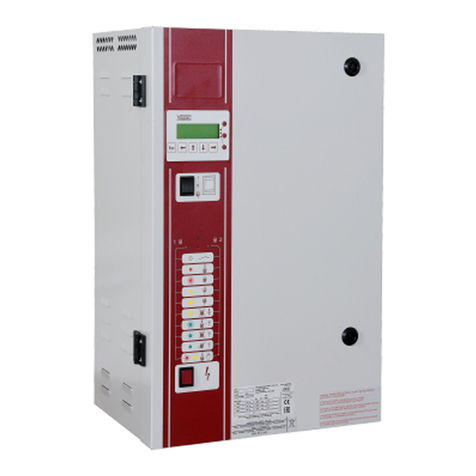
2
CONTENTS
Important Installation Points .................................................................................................................... 3
1.0
Installation..................................................................................................................................... 4
1.1
Vapac LE unit dimensions......................................................................................................... 4
1.1.1
LE weights ............................................................................................................................. 8
1.2
Positioning the steam pipes ...................................................................................................... 8
1.2.1
General .................................................................................................................................. 8
1.2.2
Steam Hose Connection........................................................................................................ 8
1.3
Plumbing Considerations. ......................................................................................................... 9
1.4
Electrical Connections............................................................................................................. 10
1.4.1
Important E.M.C. Considerations ....................................................................................... 10
1.4.2
Power Supply Connection ................................................................................................... 11
1.4.2.1
Volt free alarm outputs ........................................................................................................ 11
1.4.2.2
Unit control terminals........................................................................................................... 11
1.4.3
Electrical Connections ......................................................................................................... 12
1.4.4
Cable Entry Provision .......................................................................................................... 12
1.4.5
Vapac Control Circuit Transformer...................................................................................... 12
1.4.6
RDU Connection.................................................................................................................. 12
1.5
Cylinder Electrical demand loads............................................................................................ 14
1.5.1
LExx Units............................................................................................................................ 14
1.5.2
LExxP Units ......................................................................................................................... 17
1.6
Control Circuit Connections .................................................................................................... 19
1.6.1
Control Circuit Wiring........................................................................................................... 19
1.6.2
Proportional Control............................................................................................................. 19
1.6.3
Control Signal Selection ...................................................................................................... 19
1.6.4
On/Off Control ..................................................................................................................... 19
1.6.5
Sensing Head ...................................................................................................................... 20
1.6.6
Security Circuit / E.P.O. Shutdown...................................................................................... 20
1.6.7
Load Shed Option................................................................................................................ 20
1.6.8
Master/Slave System........................................................................................................... 21
2.0
Start-Up / Operation.................................................................................................................... 22
2.0.1
Start-up check list ................................................................................................................ 22
2.0.2
Start-Up Instructions............................................................................................................ 22
2.0.3
Commissioning/Start-Up...................................................................................................... 22
2.0.4
Features of VAPANET Electode Boiler Unit........................................................................ 22
2.1
Service Advice......................................................................................................................... 23
2.1.1
Procedure for cylinder Exchange. ....................................................................................... 23
2.1.2
Typical Cylinder / Electrode Layouts ................................................................................... 23
2.2.1
Feed Valve with Strainer ..................................................................................................... 24
2.2.2
Drain Pump.......................................................................................................................... 24
3.0
Location of Indicators and Controls ............................................................................................ 25
3.1
Positioning of Indicators and controls on Vapac ® Vapanet ® LE Units. ............................... 25
3.2
Initial Set-up ............................................................................................................................ 26
3.3
Normal Run / Standby / Start-up – No User Intervention Required ........................................ 27
3.4
Fault / Service Indications – Requiring Operator Intervention. ............................................... 28
3.4.1
To Postpone the Sevice: ..................................................................................................... 28
3.4.2
To Service the unit:.............................................................................................................. 29
3.5
Fascia Label symbols.............................................................................................................. 30
3.6
Other Options .......................................................................................................................... 30
4.0
Trouble-shooting Check List ....................................................................................................... 31
5.0
Wiring diagram............................................................................................................................ 32
Appendix 1............................................................................................................................................. 43
A Guide to Positioning Steam Pipes:................................................................................................. 43
Appendix 2............................................................................................................................................. 45
A Guide to Positioning Multipipes: ..................................................................................................... 45
